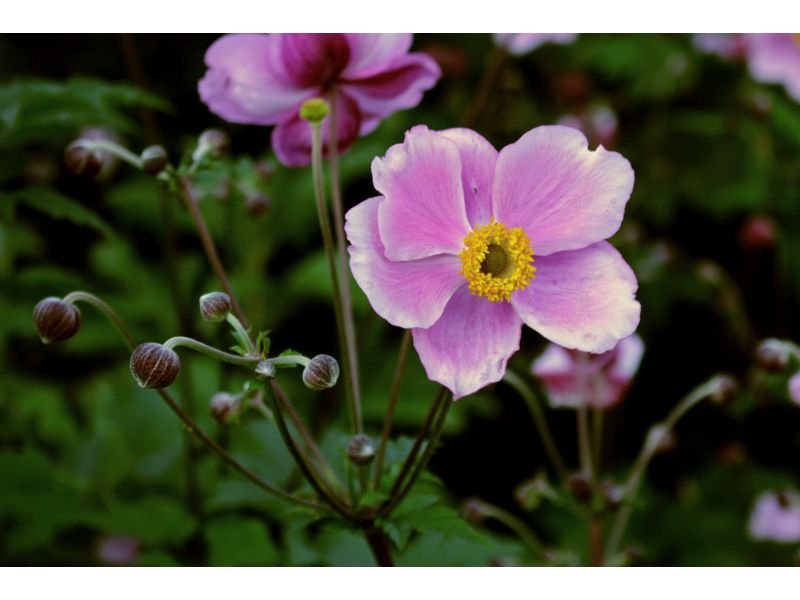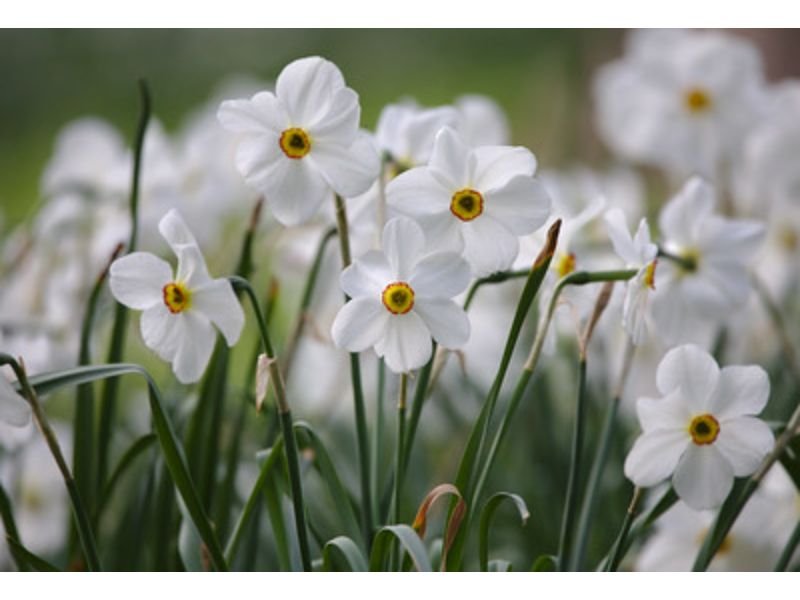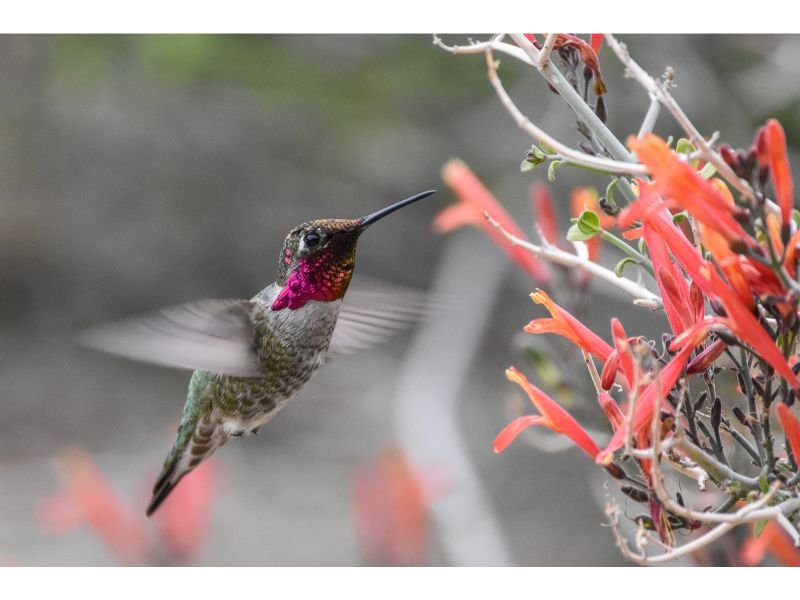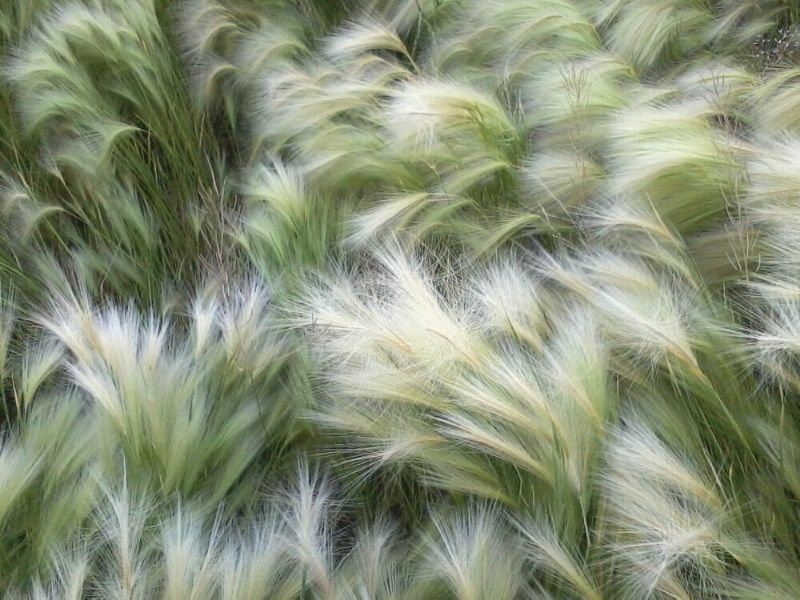Anemone konigin charlotte is an enchanting anemone cultivar that boasts a unique combination of beauty and resilience. However, no matter how great this plant can withstand growing challenges, proper care is still essential. Whether you’re planning to grow anemone konigin charlotte or just here out of curiosity, we’ll let you uncover the secrets of cultivating this stunning flower so let’s get into it!

Table of Contents
Anemone Konigin Charlotte Plant Overview
Common Name(s): Queen Charlotte anemone,konigin charlotte anemone, konigin Charlotte Japanese anemone
Scientific Name: Anemone x hybrida ‘Konigin Charlotte’
Family: Ranunculaceae
Plant Type: Perennial
Country of Origin: Europe, Asia
Natural Habitat: Woodlands, meadows, river banks, rocky slopes
Size: About 36 inches (90 centimeters) tall and 24 inches (60 centimeters) wide
Toxicity Level: Mildly toxic, only if large parts are eaten
Color(s): Pale rosy pink, pale whitish-pink
What Sets Anemone Hybrida Königin Charlotte Apart?

Anemone hybrida königin charlotte is blessed with a unique combination of attributes that makes them stand apart. Their petal colors and structure are such a visually captivating display that catches the eye. Combine this feature with a long-blooming period, which typically from late summer to early fall, and beginner-friendly maintenance requirements, and voila! You have a standout flower that sets itself apart from others.
Foliage and Blooms Appearance
Once you choose to grow anemone konigin charlotte, the chance is high that you’ll be dazzled by their foliage and blooms. This plant features medium to dark green, sometimes with a silverish hint depending on lights, and deeply lobed or palmate leaves shape. The leaves are divided into multiple segments. The blooms of anemone konigin charlotte are no less breathtaking, with cup-shaped, double or semi-double pale rosy pink or pale whitish pink petals. Each flower has a contrasting center made of a cluster of dark greenish-yellow and bright yellow stamens.
Size and Growth
With their maximum height and width, it’s safe to say that anemone hybrida königin charlotte is more a compact-sized flowering plant. This plant exhibits a moderate to fast growth rate, depending heavily on the planting conditions such as light, watering, and type of soil.
Do Anemone x Hybrida Konigin Charlotte Contain Toxins?
Although anemone konigin charlotte, just like many other anemone cultivars, contains toxic chemicals known as glycoside protoanemonin, it doesn’t mean that you should avoid planting them at all. This plant can cause gastrointestinal problems and other symptoms like a burning sensation in the mouth, but only if significant quantities are eaten. Before deciding to bring the plant to your garden, it’s crucial to exercise precaution and keep the plant away from children and pets.
What Is The Scent Of Anemone Konigin Charlotte Like?
If you’re the type of gardener that loves a sweet-smelling flowering plant, anemone hybrida königin charlotte might disappoint you as this plant typically has no particular scent. Nonetheless, their striking visual appeal more than makes up for the lack of scent, no?
Anemone Konigin Charlotte Gardening Necessities

Light
This stunning perennial has specific light requirements to maintain its radiant beauty. Anemone hybrida königin charlotte prefers a location that receives partial to full sun. They can tolerate some shade, especially in hotter climates, but providing the plant with at least a few hours of filtered full sun each day will help promote better blooming and overall health. Protect the plant from excessive heat, which is important.
Watering
Anemone konigin charlotte enjoys consistently moist but not overly waterlogged soil, so it’s predominant to strike a balanced watering. To achieve this goal, you need to water deeply and thoroughly, and avoid watering right from the upper part but rather from the soil. During hot and dry periods, more frequent watering may be needed but never overwater as excessive water can lead to root rot. As a general guideline, deep watering about once or twice a week is what you should do.
Temperature and Humidity
Cooler areas with moderate humidity levels are where the anemone konigin charlotte will perform the best. This plant thrives in temperatures that range from 50°F (10°C) to 70°F (21°C) with, of course, a constant supply of moisture. However, you need to regularly check the moisture level and maintain it at medium. Too high humidity may cause fungal growth while too low humidity makes it difficult for the plant to restrain moisture they need.
Soil
The soil plays a crucial supporting role in anemone konigin charlotte flower’s production. The ideal soil must be well-draining and high in organic matter, with loamy-soil type, which is the most recommended, that has a balanced mix of sand, silt, and a little bit of clay. Right before planting, you can add the composition of organic matter by adding compost or well-rotted manure, which can help the plant a lot to establish strong roots!
Fertilizing
The secret formula to helping anemone hybrida königin charlotte reach their full potential lies in the art of fertilizing, although this plant only needs little to medium fertilizer–moreover if the soil is already rich in humus. Anyway, this plant still takes advantage of a slow-release balanced fertilizer that is water-soluble. A once-a-month fertilizing schedule during the growing season is typically sufficient.
Pruning and Repotting
These two planting regimes may sound like daunting tasks, but fear not, as it’s not as complicated as you might think! Anemone konigin charlotte requires minimal pruning, and all you need to do is to trim any spent blooms along with dead or damaged foliage and stems. It’s best to do this process in early spring when the plant has just begun to grow.
As for repotting, on the contrary, it’s only needed when the plant has outgrown the container or gets infected by pests or diseases. Pick a new, one-size bigger pot or container that provides enough room for anemone konigin charlotte to grow freely.
Propagation
Propagating anemone konigin charlotte can be quite a thrill, and the most recommended method (also perhaps the easiest) is through division. To propagate through division, you need to dig up the plant from its container and move to the next step, that is to carefully separate the plant into smaller sections, ensuring that each section has its roots. Replant each division in well-prepared soil and maintain as usual.
However, if you’re not a fan of digging the soil and find that the division method is too challenging, another worth trying propagation method for anemone konigin charlotte is by stem cuttings. Stem cuttings can be taken from disease-free, healthy plants, usually from non-flowering stems. Remove the remaining foliage and dip the stem cut end in a rooting hormone. Plant the cutting in moist soil, provide the plant with all the sunlight and moderate humidity, and all you have to do is to wait until the stem develops new roots!
Common Afflictions Of Anemone Hybrida Königin Charlotte
First and also the most common, we have the villainous powdery mildew, which appears as a powdery white substance on the leaves. This sneaky fungus can be defeated by providing proper air circulation and keeping the leaves or anemone konigin charlotte dry. In most severe cases, a fungicide may also be needed.
Next, we got aphids, tiny sap-sucking insects that can wreck the leaves and stem, also causing stunted growth. These little insects can be treated by using organic neem oil or by introducing some helpful predators such as ladybugs. You also need to watch out for root rot, which is caused by poor drainage and overwatering.
How Far Do Anemone Konigin Charlotte Roots Grow Into The Soil?
Anemone hybrida königin charlotte has a fibrous root system that can extend up to 12 inches (30 centimeters) deep into the soil. The exact depth, however, depends on many factors such as age, soil conditions, and moisture availability. Typically, this flowering plant is shallow-rooted.
Anemone Tomentosa ‘Robustissima’ vs Anemone Konigin Charlotte: How Do They Differ?
These gorgeous beauties belong to the same genus, but they have distinct visuals that make each of them unique. ‘Robustissima’ is known for having a single or double set of cup-shaped petals with more vigorous growth habits. ‘Konigin Charlotte’, on the contrary, produces semi-double or double petals that are more compact. Both flowers have similar blooming colors though, so you need to look very carefully.
Is It Worthwhile To Cultivate Anemone Konigin Charlotte?
At the end of the day, it’s up to your taste whether to plant anemone konigin charlotte or not. But with cultivation needs that are not so difficult to replicate and clusters of stunning blooms, we have to say that anemone konigin charlotte is the ultimate flower to try, no matter if you already earned that badge of a professional gardener or if you are just starting!

Gardening is my passion and growing plants indoors has always been a stress relief for me. Grow a banana tree in my apartment once (although failed to produce bananas).






